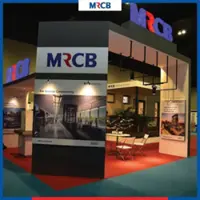The landscape of Ipoh, Perak, is poised for a major transformation over the next two decades due to the RM6.26bil Ipoh Sentral project.
This initiative promises to reshape the urban environment and improve connectivity, but stakeholders are urging authorities to take measures to minimise disruption to residents and protect the city’s unique heritage.





